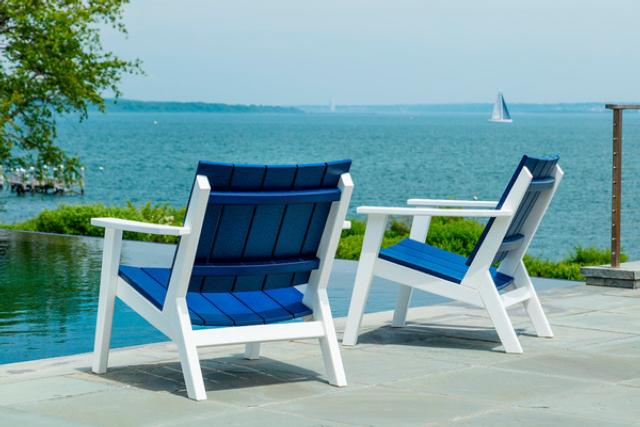As we look to the future of outdoor living, the popularity of teak wood umbrellas is likely to continue growing. With advancements in design and materials, these umbrellas are evolving to meet the needs of modern consumers. Innovations such as UV-resistant fabrics and weatherproof finishes are just a glimpse into the potential developments within this market. Such advancements not only improve the functionality of teak wood umbrellas but also enhance their appeal to a broader audience.

One of the most striking features of Woodline Umbrellas is their impressive ability to resist strong winds. Traditional umbrellas often falter in harsh weather, leading to frustration and potential damage. Woodline Umbrellas, on the other hand, utilize advanced engineering techniques to create a design that can bend without breaking, allowing them dining table to endure the challenges of unpredictable weather. This Italian Libeccio Table resilience not only improves the user experience but also extends the lifespan of the product, making it a wise investment for consumers.
By the 1970s, fiberglass umbrellas had become more common, particularly in premium models and those marketed for windy conditions. The 1980s and 1990s saw manufacturing improvements that brought down costs, making fiberglass frames more accessible to average consumers. Today, fiberglass has become a standard material in quality umbrellas, particularly those designed for golf courses, beaches, and patio settings where size and wind resistance are key factors.
The unobstructed shade area represents perhaps the most important attribute of offset umbrella construction. When placing furniture beneath an offset umbrella, users can arrange seating without working around a central pole. This characteristic significantly improves the usability of the shaded space and prevents the frustrating experience of having to position chairs awkwardly or split conversation groups around a central obstruction.
In the world of functional accessories, Aluminum Umbrellas hold a distinctive place. These umbrellas, known for their durability and lightweight design, epitomize innovation in protective gear against the elements. The journey of Aluminum Umbrellas began with a vision to create a product that combined strength and portability, making them an essential item for anyone on the go. The materials used in their construction are carefully selected to ensure that they withstand varying weather conditions while remaining easy to carry. This unique blend of attributes has positioned Aluminum Umbrellas as a choice for those who prioritize quality and reliability in everyday items.
Environmental considerations favor responsibly sourced teak. While tropical hardwood harvesting raises valid concerns, many manufacturers now use certified plantation-grown dining table teak that meets sustainability standards. These plantations provide renewable sources while supporting local economies in teak-growing regions. The dining table exceptional durability of teak also means fewer replacements and less waste over time.

In terms of maintenance, Woodline umbrellas are designed with ease of care in mind. The materials used are resistant to fading and wear, ensuring that the umbrellas retain their visual appeal over time. Cleaning is straightforward, typically requiring only a gentle wipe with a damp cloth to keep them looking fresh and new. This low-maintenance requirement is a significant advantage for users who lead busy lives and prefer products that offer reliability without excessive upkeep.